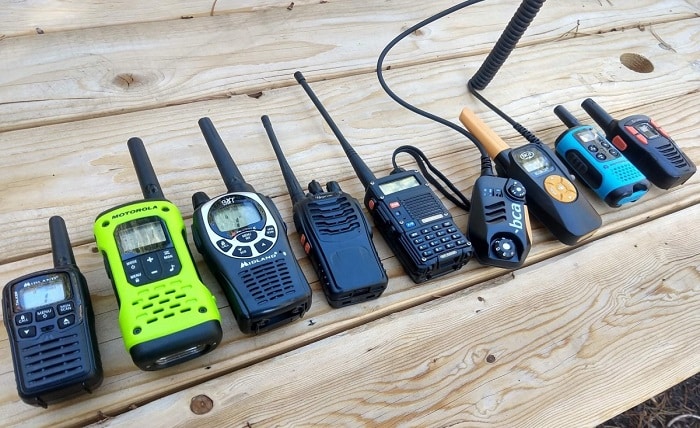Originally, walkie-talkies were used only as a means of communication in the military field. First used during the Second World War, these equipment enabled communication between two individuals from a short distance without the need for cables and other complicated apparatus. This was so useful on the field, where confusion could lead to loss of lives or even a whole battalion.
In the beginning, the walkie-talkies were large in size. But they were sufficient enough to transmit voices across several miles of distance. Even as the war came to an end, the technology being used in these devices proved invaluable.
The Evolution of the Walkie-Talkie
As time went by, technology advanced, and so did the walkie-talkies. They diminished in size, weight, and complexity, thus, increasing their usability. The distance that they were able to transmit signals also expanded significantly. It was no longer only considered practical to utilize them in a military or an emergency scenario but people started to see how they could be helpful in everyday life.
Companies started to produce walkie-talkies that could be operated by anyone. They ensured that these devices could work over greater distances and even around barriers such as buildings and trees. This was a significant development since the walkie-talkie became popular not only amongst soldiers but even amongst the population.
Walkie-Talkies in Everyday Life
Nowadays, different people need walkie-talkie for various purposes in their everyday activities. They help with efficient staff management during concerts or sports events, among other uses. Examples include using walkie–talkies in construction sites where communication is necessary despite the noise from construction equipment. Some families take them during camping even in areas where cell phones cannot get any signal.
A reason why the walkie talkie is still popular to this day is simple. It is not dependent on cell towers to operate. Instead, a walkie talkie relies on the use of radio frequencies to transmit messages from one device to the other. This means they can work almost anywhere, and this includes a very busy city or a lonely mountain trail.
The Lasting Impact of Walkie-Talkies
The walkie-talkie has remained popular for decades due to its ease of use and efficiency. They are quite simple means of passing a message without having to rely on the availability of a cell phone signal or internet. This makes walkie-talkies very useful during emergencies such as disasters that affect telephone lines and mobile stations.
It is also used in schools, security, and many businesses to ensure that their operations are smooth. It is quite helpful that they can connect team members in seconds, which is very useful when decisions have to be made quickly.
Conclusion
Walkie-talkies have proven themselves to be incredibly adaptable and durable from their beginnings during the period of World War II and onwards. They underscore the fact that sometimes less is more when it comes to unambiguous and prompt messaging in any setting.
While we keep on moving forward on the ladder of technological development, the simple walkie-talkie would always remain a symbol of simplicity and efficiency in transmitting messages. It is a tool that reflects the passing of time, but it has not changed its goal, which confirms that it will exist for several more years.

